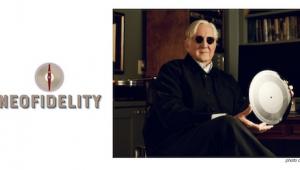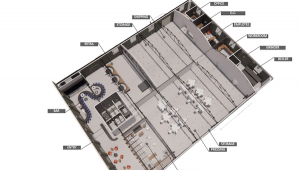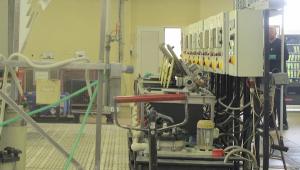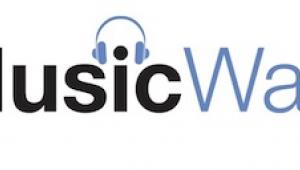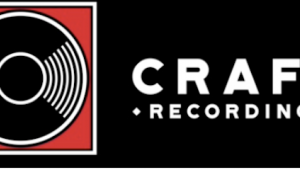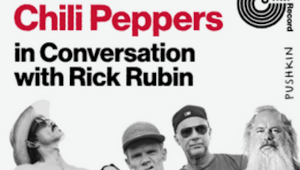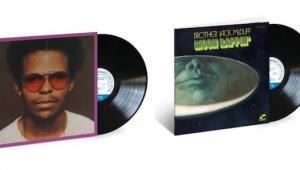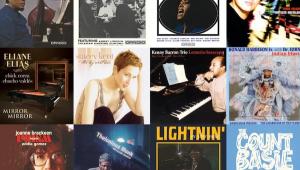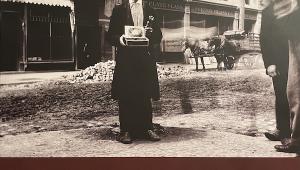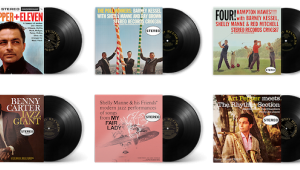No offense, but as much as I appreciate the recording quality, the Dallas performances are just boring as heck, both their Rachmaninoff and their Copland. I've listened to them off and on for years trying to convince myself that they were good. Pull the plug.
Now, if you want to light a torch for the Aubort/Nickrenz Vox team, make their Ravel box set available at 45 RPM. Or the Moravec Chopin Nocturnes.













